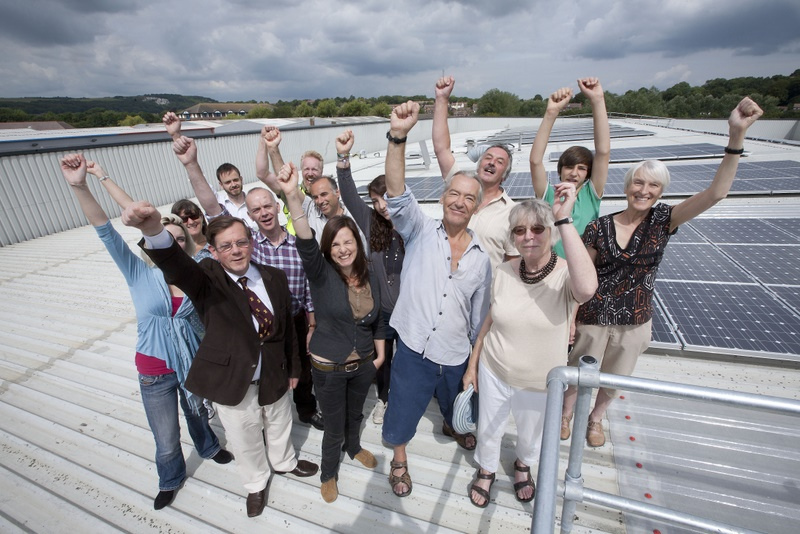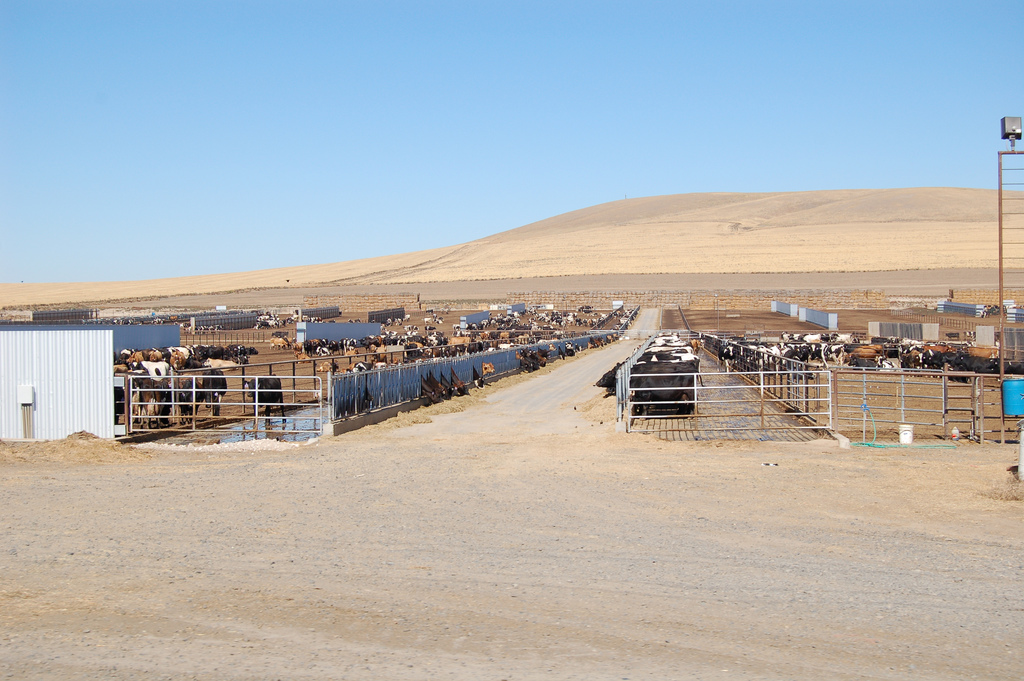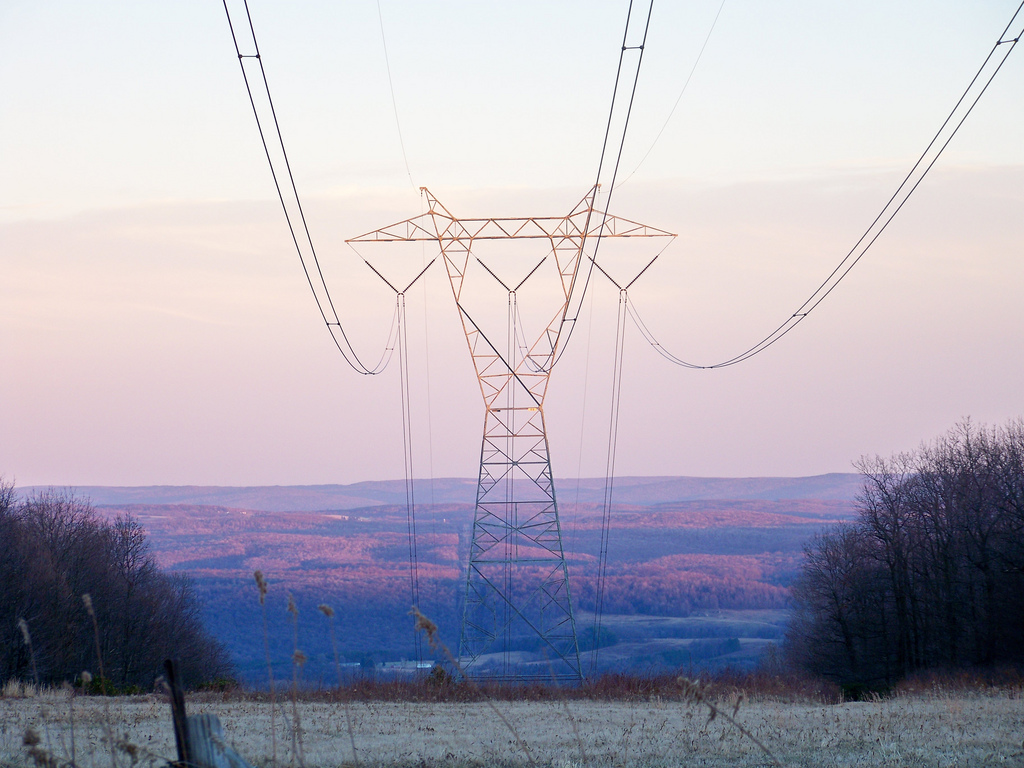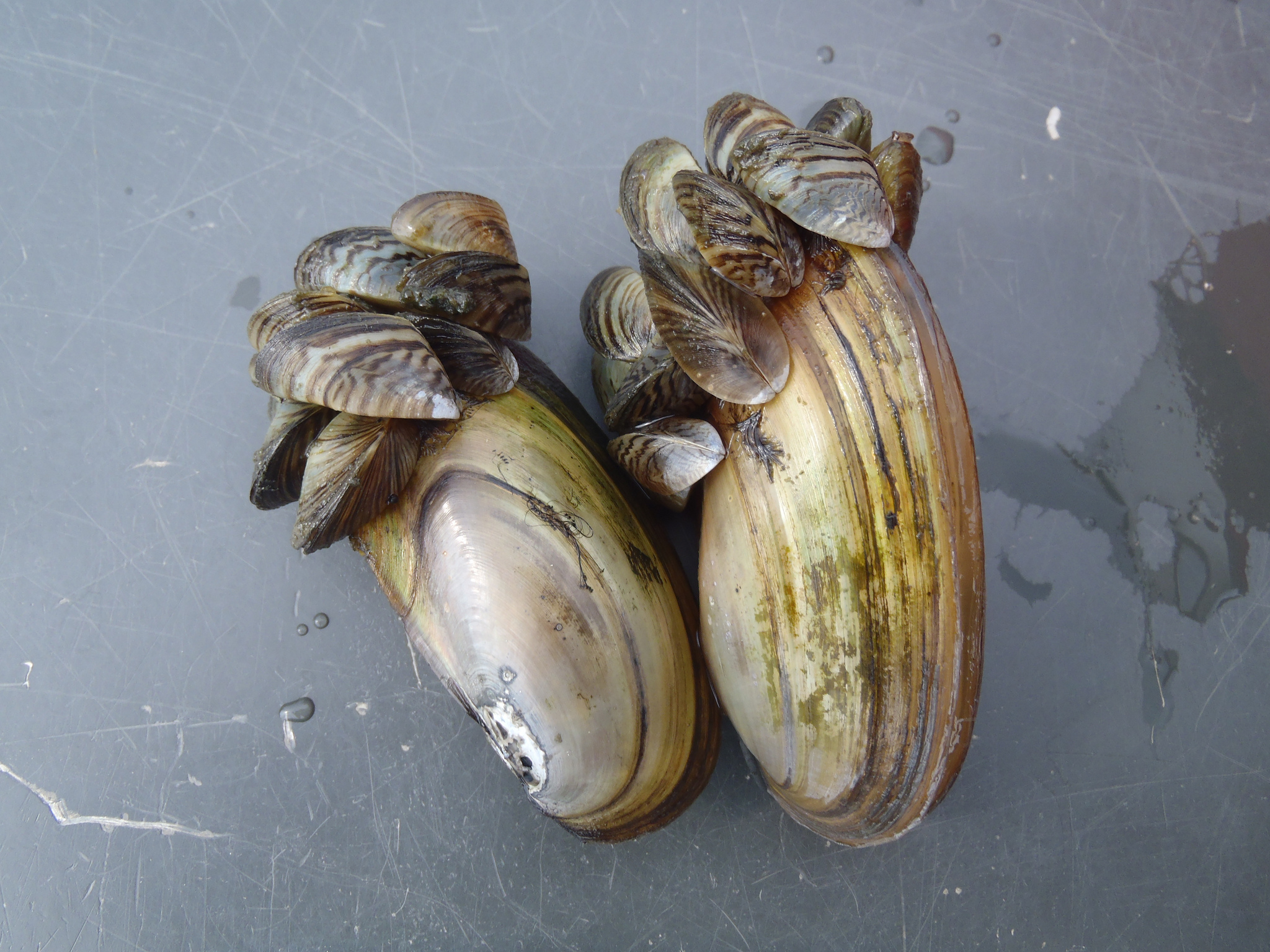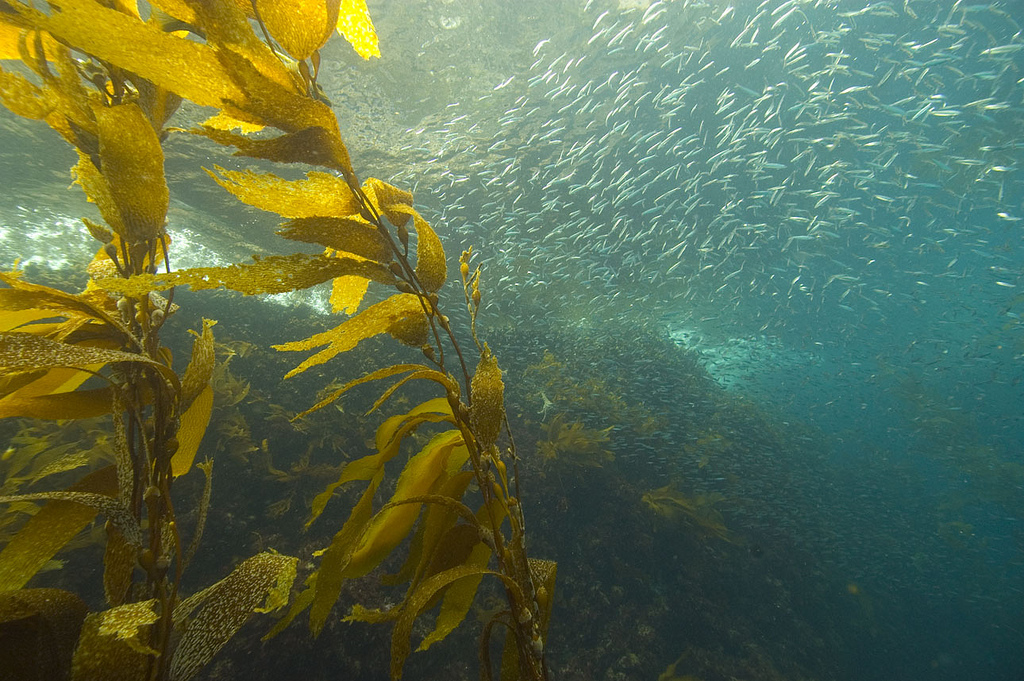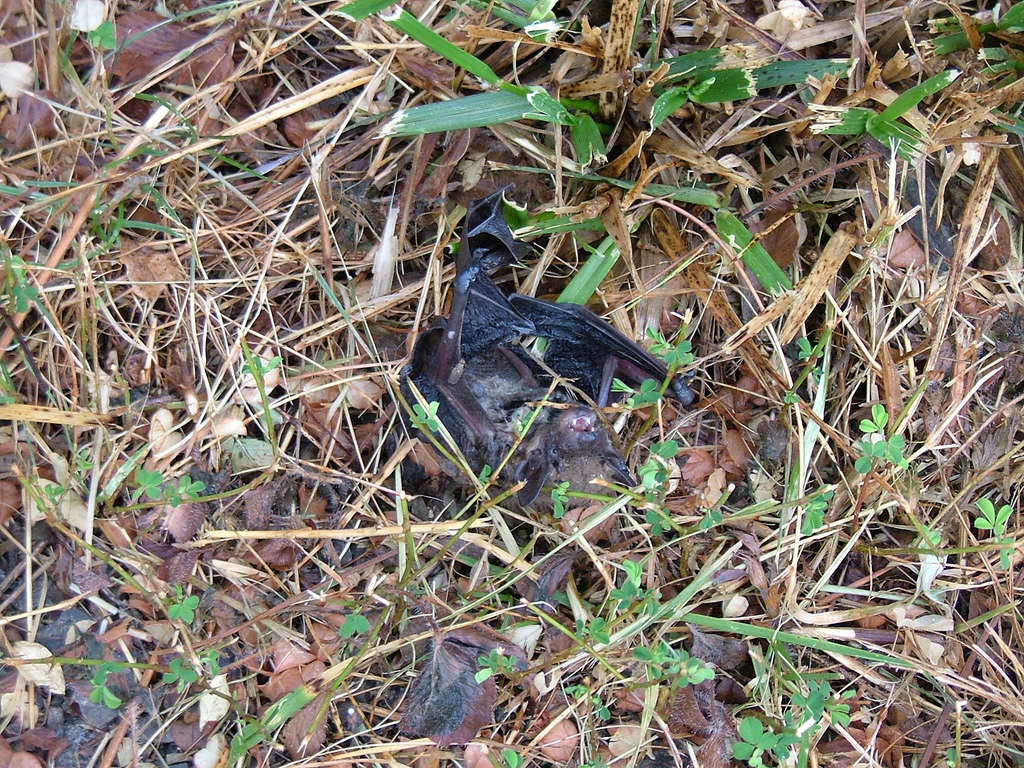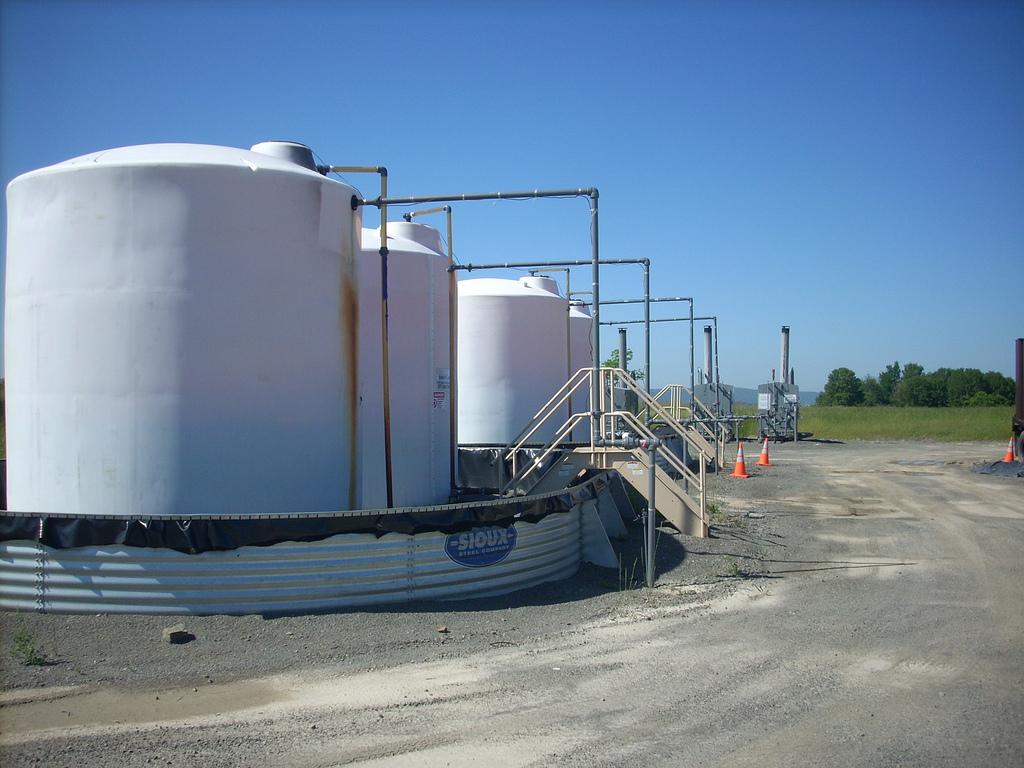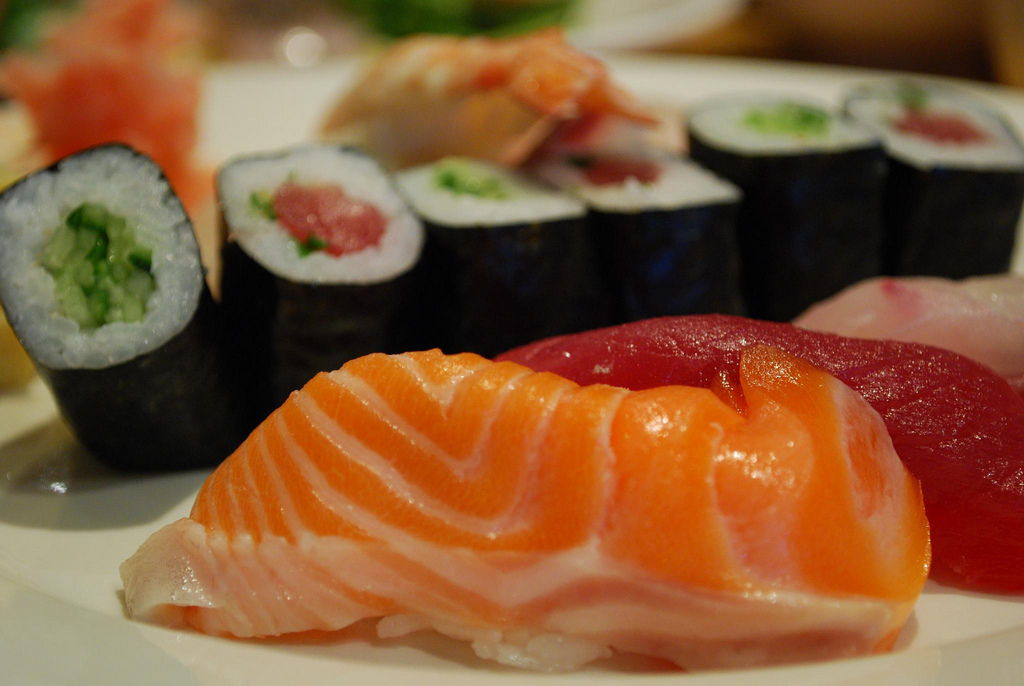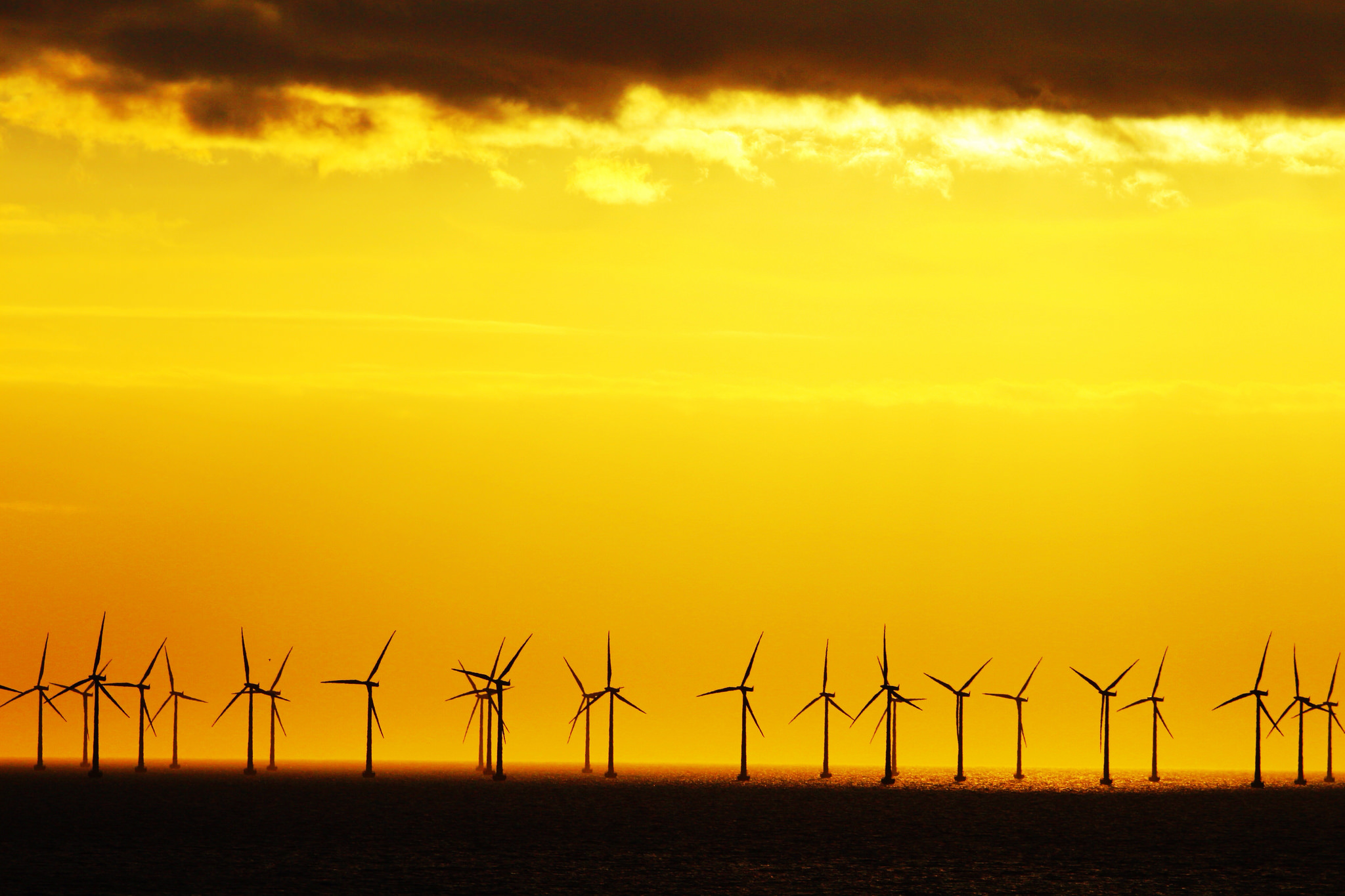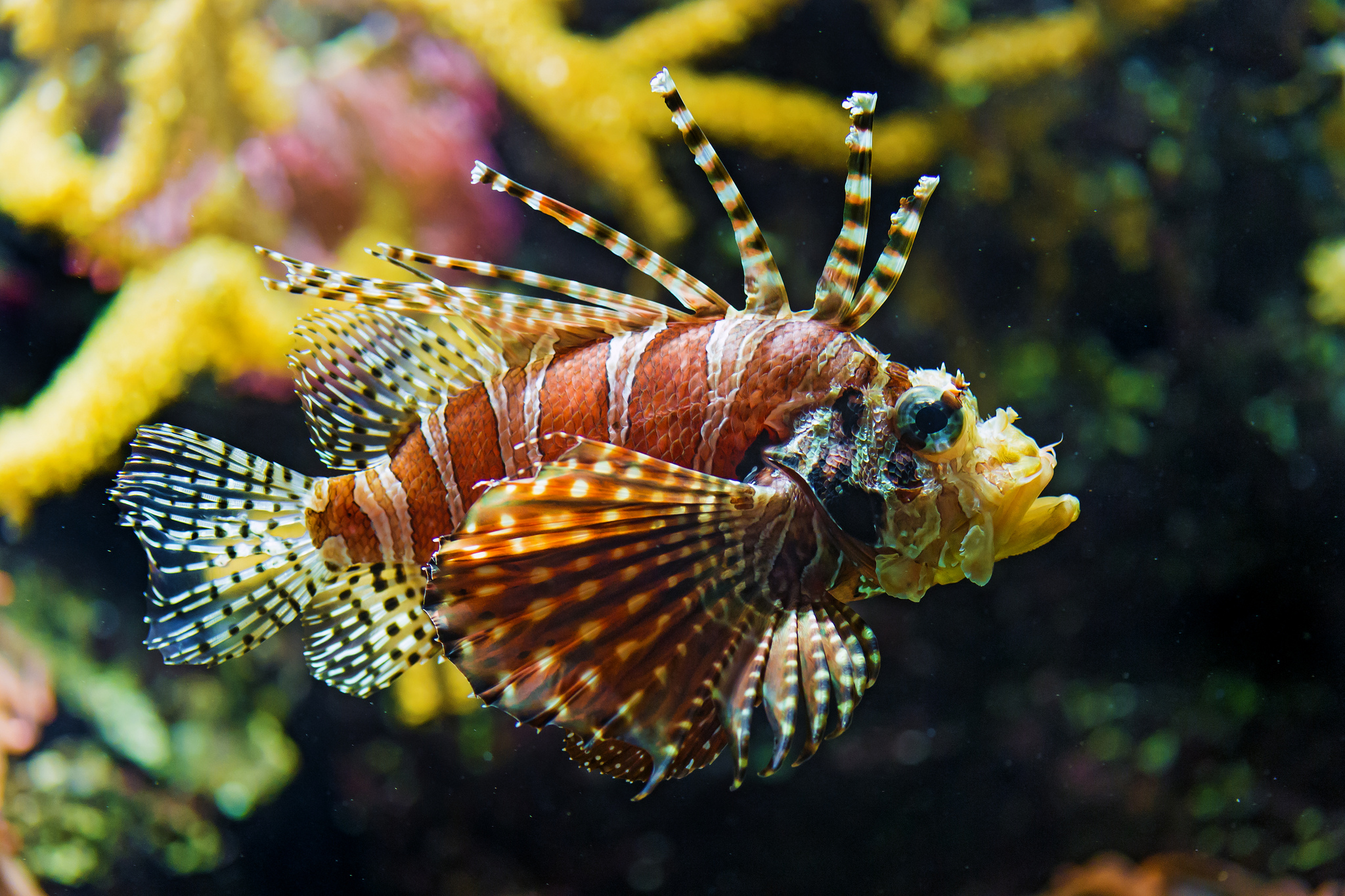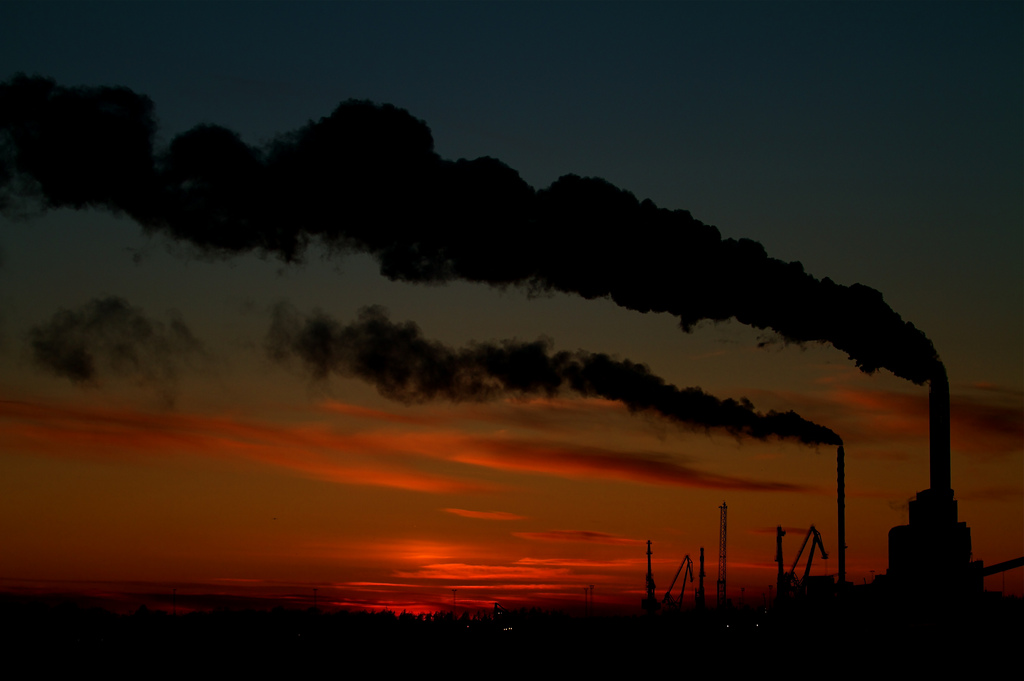Economy and Policy
Pizza Box Chemicals
The Natural Resources Defense Council has recently asked the Food and Drug Administration to take action on several chemicals commonly found in food packaging. One group of chemicals in particular – long-chain perfluorocarboxylates, or PFCs – has already been identified by the FDA as potentially unsafe.
Community Solar
There is no question that solar power is booming in the US. According to industry estimates, a new solar energy system is installed every 2 ½ minutes. Surveys indicate that that 9 out of 10 Americans want to make use of the sun’s energy.
Same Fish, Different Story
The Atlantic cod has long been a mainstay of the fishing industry. However, the cod fishing grounds of North America have either been depleted or completely wiped out by overfishing and poor management. In New England, stocks are at record lows. In the Canadian Maritimes, the cod population succumbed to overfishing long ago.
Storing Wind Energy With Batteries
The growing use of solar and wind power is driving a growing need for large-scale energy storage technology. There are many ways to store energy ranging from pumping water into an elevated reservoir to storing compressed air in caverns to a wide range of battery technologies.
Factory Farms And Super Germs
Nearly 80% of the antibiotics sold in the United States are fed to livestock and poultry in an effort to encourage growth and stave-off unsanitary conditions. This chronic exposure leads certain bacteria to develop antibiotic resistance, resulting in dangerous and difficult-to-treat staph infections, like MRSA.
Radon
Radon is a cancer-causing, radioactive gas. It is invisible, has no smell or taste, and is the second leading cause of lung cancer in the United States causing an estimated 20,000 deaths per year.
Electric Power Rights Of Way
The US has over 20 million acres of rights-of-way for electrical transmission lines and pipelines. These corridors are typically 150 feet wide and go on for hundreds of miles through our countryside. Generally speaking, they are thought of as a blight on the landscape.
Pinpointing Invasive Species
Throughout the world, invasive species plague local ecosystems, degrading natural resources and damaging infrastructure. In the U.S. alone, biological pollution is estimated to carry a price tag of $120 billion per year.
Fuel From Seaweed
Biofuel is considered to be a promising way to shift our energy needs to sustainable and climate-neutral sources. Replacing petroleum with fuels made from crops or other plants basically recycles CO2. The plants absorb it as they grow and release it when they are burned.
Bats And Wind Turbines
Large numbers of bats are being found dead beneath wind turbines, leading researchers to believe they may be mistaking the turbines for trees.
Apples And Antibiotics
In the Northeast, fall is all about apples – apple picking, visiting orchards, and baking apple pie. Most of us would never suspect that our apples may have been treated with antibiotics – even those that are certified organic. How is that possible?
Citizen Scientists Help Gauge Conservation Success
In the 1970s, the world’s fastest bird – the peregrine falcon – was nearing extinction in North America. The culprit: the toxic legacy of DDT. The widely used pesticide caused the birds to suffer reproductive problems, and their numbers plummeted.
[Read more…] about Citizen Scientists Help Gauge Conservation Success
Saving The Monarch Butterfly
For the past 20 years, the population of monarch butterflies has been dropping. In the past few years, it has been dropping catastrophically. In 1996, there were an estimated 1 billion monarchs in North America; today there are only about 35 million.
Will Natural Gas Help Reduce Carbon Emissions?
The US is in the midst of a transition from depending upon coal for generating electricity to the use of natural gas instead. This has been driven in great part by the boom in shale gas and the widespread use of fracking technology.
[Read more…] about Will Natural Gas Help Reduce Carbon Emissions?


